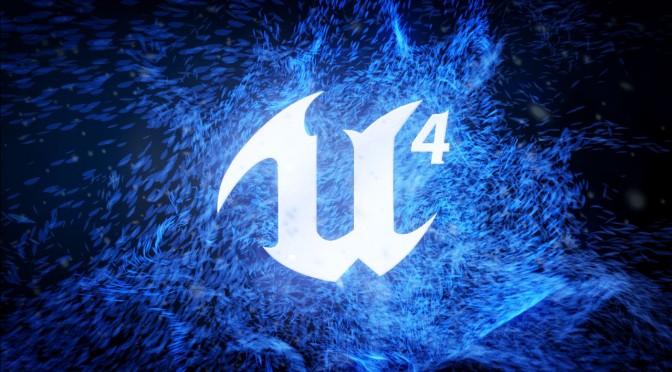Epic Games has released a new version of Unreal Engine 4 to all developers. Version 4.23 adds the Chaos physics & destruction system, brings many Ray Tracing optimization improvements & adds beta support for Virtual Texturing.
Going into more details, Chaos is Unreal Engine’s new high-performance physics and destruction system. This system is available to preview in Beta form with the 4.23 release. With Chaos, users can achieve cinematic-quality visuals in real-time in scenes with massive-scale levels of destruction and unprecedented artist control over content creation.
On the other hand, Ray Tracing received many optimizations and stability improvements in addition to several important new features. Version 4.23 improves Denoiser quality for Ray Traced features and increases Ray Traced Global Illumination quality.
Epic Games has also improved support for multi-bounce Ray Traced Reflections by falling back to Reflection Captures in the scene. This means that intra-reflections (or reflections inside of reflections) that are displaying black, or where you’ve set a max reflection distance, will fall back to these raster techniques instead of displaying black.
Last but not least, Unreal Engine 4.23 adds beta support for Virtual Texturing. This tech enables developers to create and use large textures for a lower and more constant memory footprint at runtime.
Below you can find some videos showcasing the new tech features of Unreal Engine 4.23. For more details about it, you can visit its official website!

John is the founder and Editor in Chief at DSOGaming. He is a PC gaming fan and highly supports the modding and indie communities. Before creating DSOGaming, John worked on numerous gaming websites. While he is a die-hard PC gamer, his gaming roots can be found on consoles. John loved – and still does – the 16-bit consoles, and considers SNES to be one of the best consoles. Still, the PC platform won him over consoles. That was mainly due to 3DFX and its iconic dedicated 3D accelerator graphics card, Voodoo 2. John has also written a higher degree thesis on the “The Evolution of PC graphics cards.”
Contact: Email

